9 Fatal B2B Sales Mistakes You Must Avoid
1. Reaching the wrong set of people
2. Focusing on selling and neglecting relationship building
3. Rushing your prospects
4. Ignoring existing customers
5. Underpricing yourself
6. Avoiding follow-ups with prospects
7. Highlighting only the features of your product
8. Not measuring your sales processes
9. Relying on one communication channel
Closing is the hardest part of any salesperson’s job. Add to that the long-drawn B2B sales cycles, and salespeople’s propensity to value quantity over quality, and you have yourself a vicious circle.
When it comes to selling in the B2B space, sales reps need to abandon legacy channels and tactics, and replace them with what works now. So whether you’re in the process of overhauling your entire sales process, or just fine-tuning a few steps here and there, make sure to steer clear of these B2B sales mistakes:
1. Reaching the wrong set of people
It’s one thing to think your product or service is multi-faceted and can help every business out there, and another entirely to go about pitching to all of them. That sort of scattered approach will put a strain on your resources while getting subpar results
Your lead generation strategy is incomplete without lead filtering. Sort the businesses you can help into categories ranked from those who need your services most and urgently to ones that don’t. Your Ideal Customer Profile (ICP) should include factors like industry, size, location, budget, and requirements.
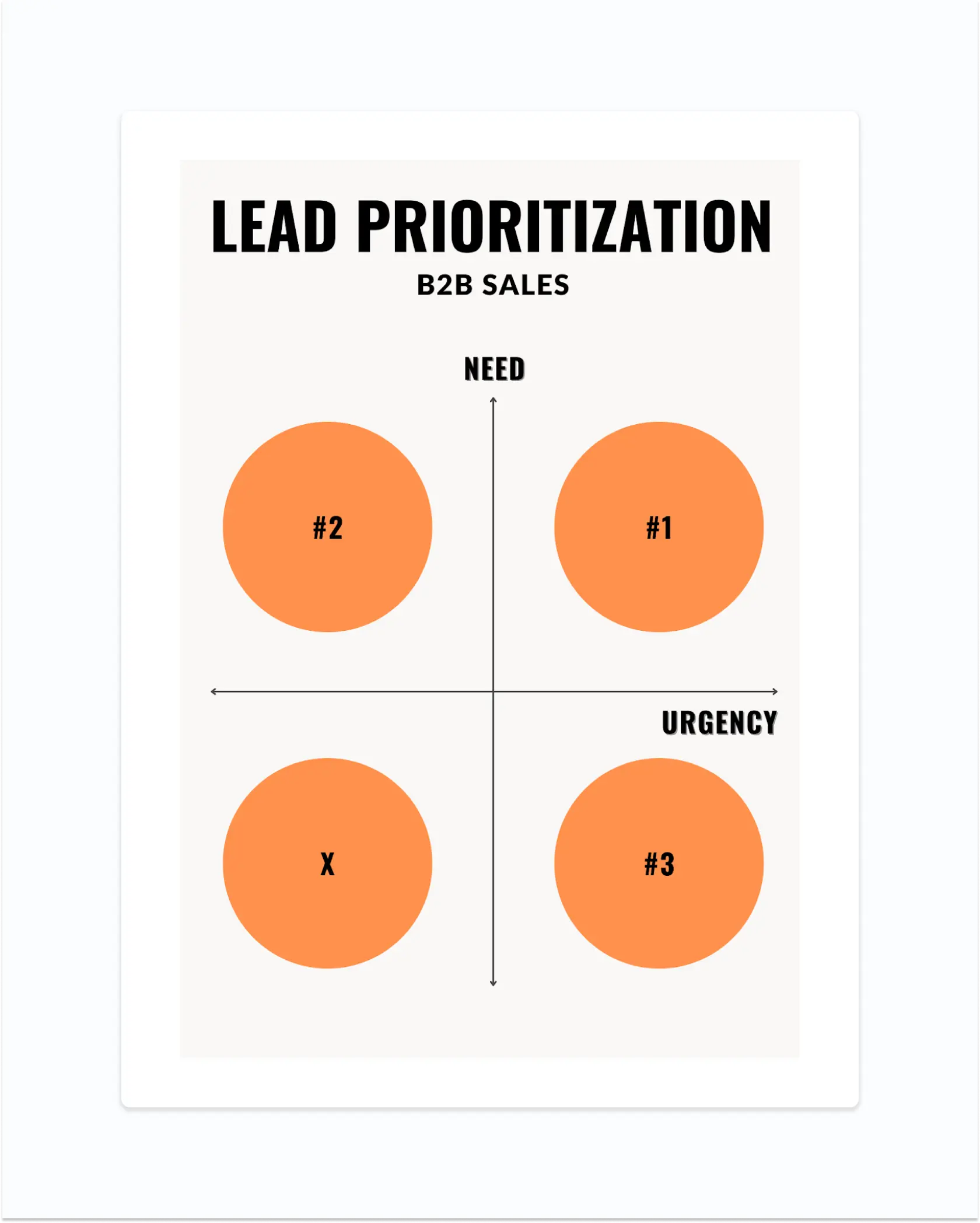
Leads falling in different quadrants will have different sales cycle lengths, so prepare communication sequences accordingly.
Create a buyer persona to decide who your point person is going to be in an organization. You can contact them through their website, on LinkedIn, or by finding their email address. The issue with email addresses is that people often move companies or get new addresses. The email address you’re using could be outdated, or non-functional. Before you add it to your database, verify the email address. That’ll keep your bounces in check and improve overall deliverability, too.
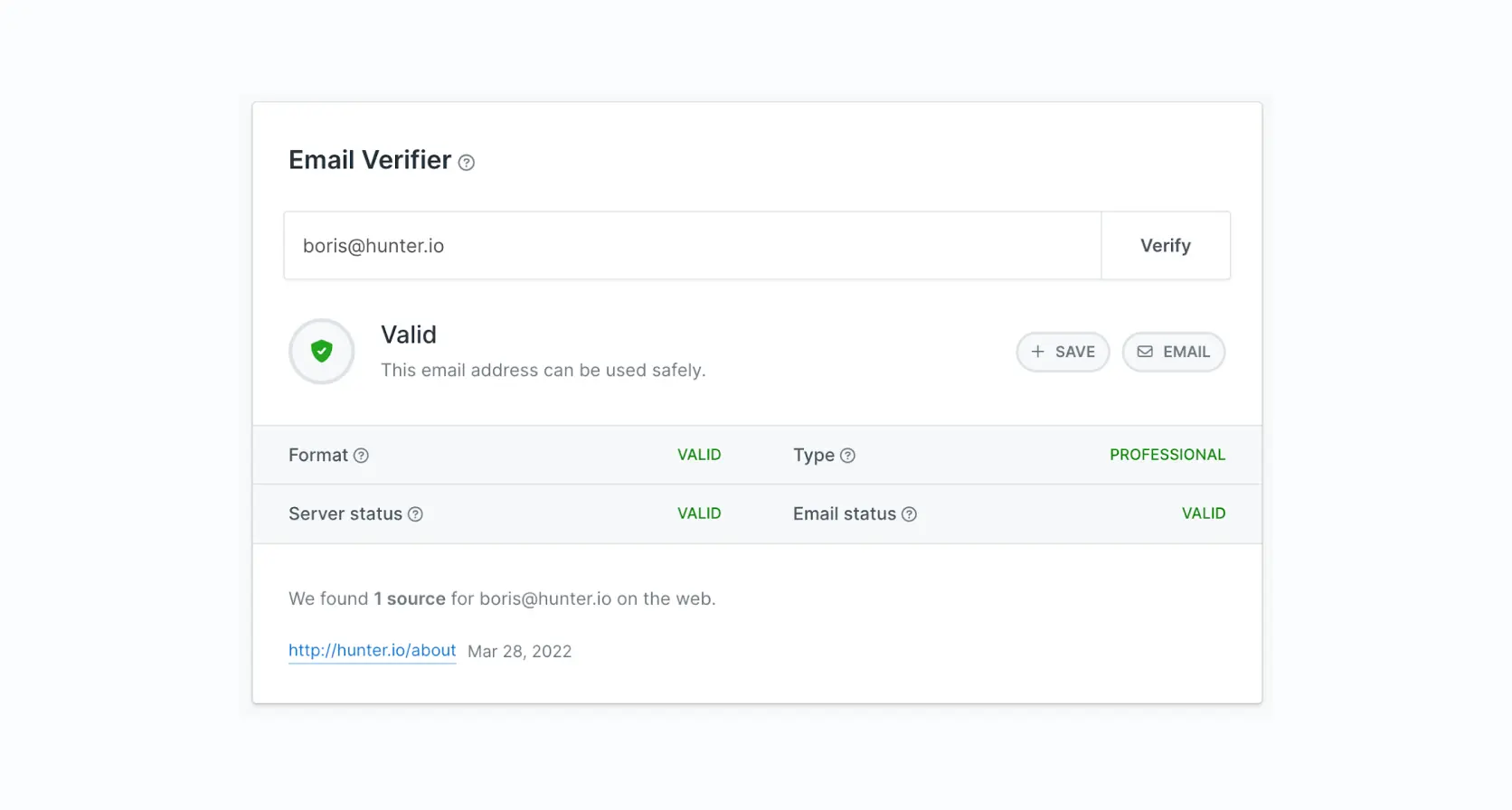
source: Hunter.io
2. Focusing on selling and neglecting relationship building
If you think your first communication with a prospect is going to culminate in a sale, there’s not much of a difference between you and someone handing out flyers near the subway. If every message coming from you screams ‘hard-sell’, your customers are going to have a hard time believing they’re important to you.
Take time to build trust. Do your research into their biggest pain points, and even after that, make it a point to ask them. You can send them an email newsletter listing common industry problems and asking for input, or conduct a survey on your social media account.
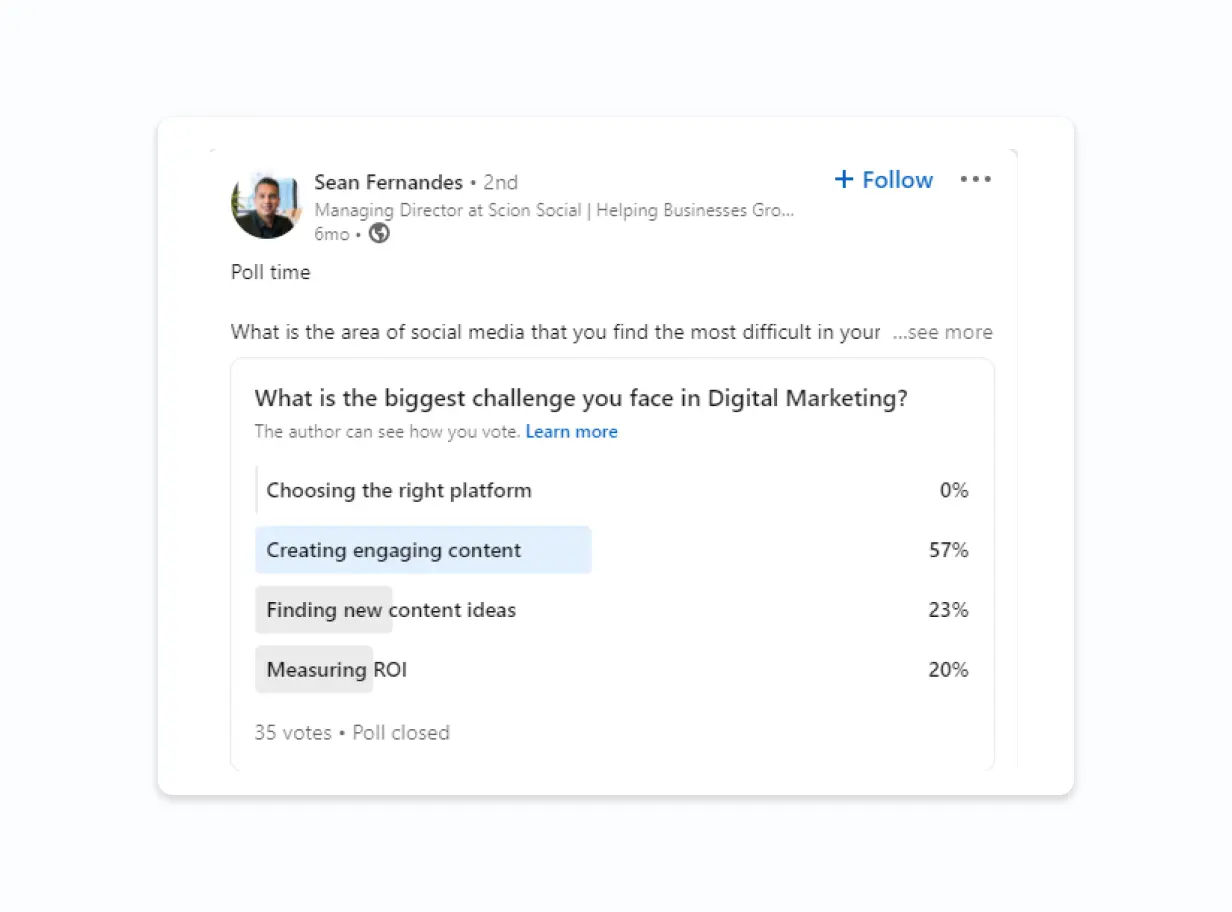
source: Hunter.io
Your leads should be comfortable enough around you to do most of the talking. You’ll know their biggest issues and vision so you can present your product/service as the cure. Even after a customer has purchased something from you, you need to nurture that relationship wherever they connect with you - through thoughtful emails, conversations via virtual phone systems, or engaging website chats - always making them feel heard and valued.
No two businesses are identical. Creating a feedback loop with your customers will not only help you serve them better, but also refine your product for other leads. Better communication means smoother-sailing relationships, repeat purchases, and referrals – and every business can benefit from those.
3. Rushing your prospects
B2B sales pipelines can be pretty long-winded. You think you’re about to close the sale and then pops up another bottleneck, like a twist in a Christopher Nolan movie that’s forgotten to end.
For your part, you’re tired of being passed on from one decision-maker to another like you’re in an incredibly slow game of hot potato, but pestering them to close will only drive away skittish prospective clients.
Your prospect might not have heard of you before, or think the price is unjustified. It could also simply be a case of oversaturation in the market.
Before reaching out to them, study your prospects’ concerns and achievements on social media. Use that as an ‘in’ to leapfrog in the sales cycle. It could be related to a recent round of funding their start-up just closed, or your target’s recent promotion to CIO.
AI sales enablement tools help you track and monitor more than just open and click rates. For example, how much time someone has spent looking at each page, which ones they’ve forwarded to others in the organization, and who those people are.
The key is to personalize communication. Offer them feedback (not too detailed) about their current way of functioning. 2-minute videos embedded in an email can drive up engagement and give them the final nudge to consider your offer.
4. Ignoring existing customers
Who doesn’t like more customers? More customers mean more money coming in, and that’s what every business ultimately aims for. But running after new buyers and neglecting the ones already giving you money, i.e., your current base of customers is a B2B sales mistake you can’t afford to make.
It’s impossible to have zero churn, but in the long run, companies that can hang on to their existing customers are better off than those that can’t. Especially given that repeat customers are more profitable to a business than new customers.
According to an Invesp study, the odds of existing customers making a purchase are 60-70%. This is in stark contrast to the 5-20% chance of a new customer buying something from you.
Stay in touch with your existing customers via information-rich newsletters, feedback surveys, and information and updates about new products. Newoldstamp’s custom email signature generator lets you add CTA buttons and promote new blog posts or upcoming events through your email signature. Like this one here.
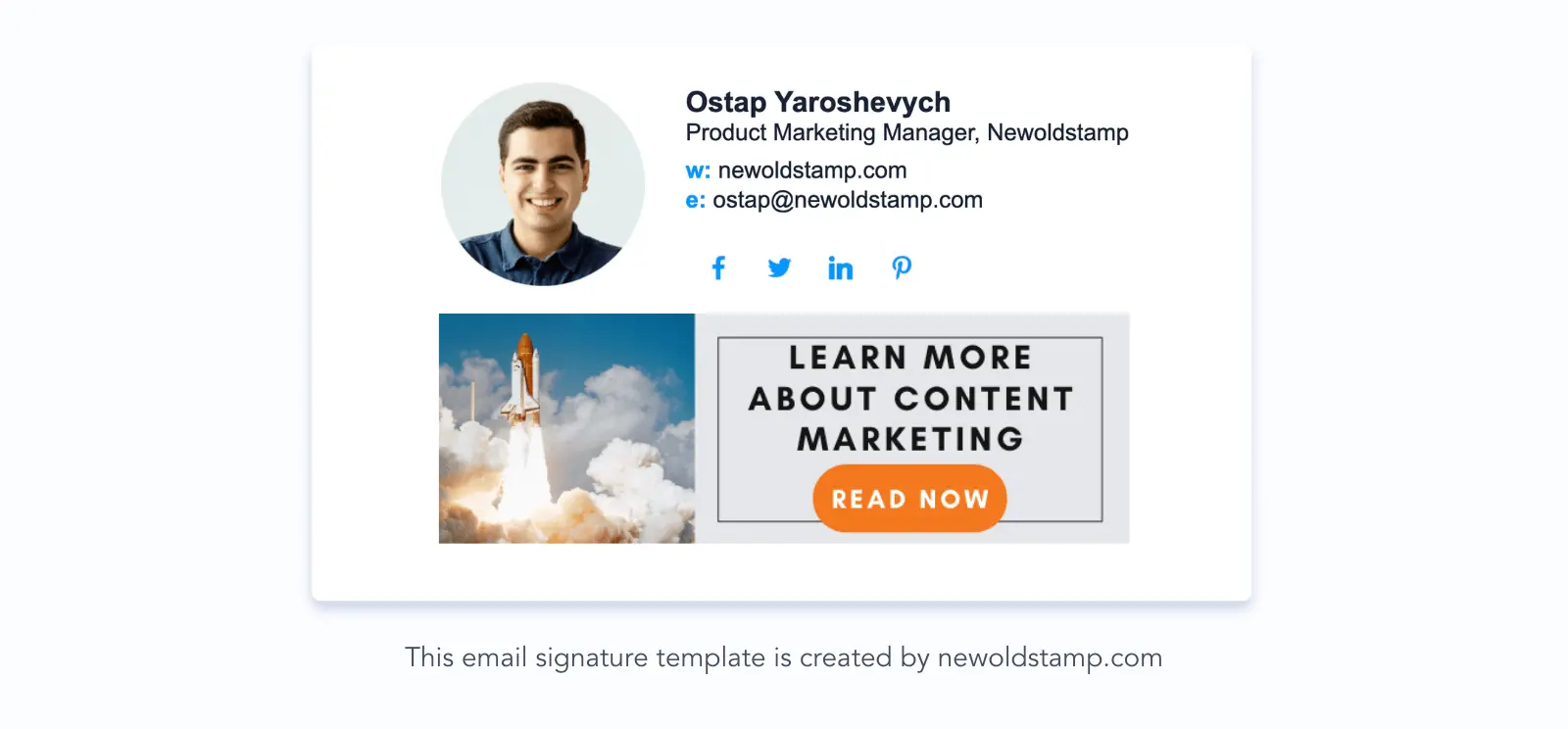
Invest in customer service, and ensure your customers feel appreciated.
Having a steady base of existing customers will give you the risk appetite to aggressively acquire new customers and guarantee sales for newly launched products or services.
5. Underpricing yourself
Everyone’s guilty of this B2B sales mistake. Undercutting a competitor, or slicing a chunk off the price to close a deal with a difficult-to-please customer. And while there’s nothing wrong with a time-sensitive discount here and there, underpricing is just not sustainable.
To avoid such situations, first, make sure you’re talking to the person that’s going to sign the check. Always ask if there’s anybody else in the organization that you should involve before they can make a decision.
During final-stage discussions, stick to a predetermined price range. Letting them negotiate too much casts doubt on the quality of your product or service. You’ll end up attracting bargain hunters, not true value seekers that can be lucrative accounts in the long-run.
Offer your customers flexible payment options, or a longer contract (e.g. two years), renewable every quarter but with no discount.
Give them different pricing options to choose from – an affordable one, a medium-range, and a premium one. This adds context to their decision and they can pick the option that fits their organizational needs best.
It controls their urge to shop around to see if your competitors can match or go lower than your price. And improves your chances of making a bigger sale, provided you can make them see the value in going premium.
6. Avoiding follow-ups with prospects
Nothing like rejection to knock the most buoyant of salespeople down a peg, or five. It’s this fear of rejection that discourages follow-ups. But in inboxes teeming with personalized cold emails, well-crafted follow-ups are exactly what will give you a fighting chance.
92% of salespeople bow out after the fourth follow-up (or fifth email). But the kicker is that the fifth follow-up is also the point at/after which 80% sales happen.

source: Marketing Donut and Savr
Timing plays an important role too. Don’t send emails so close to each other that your lead feels like you’re breathing down their neck. But you also can’t afford to risk sending them far enough apart that they’ve forgotten ever having heard from you.
At Hunter, we follow-up with leads twice for all our campaigns. That’s a total of three emails per lead, spaced three days apart.
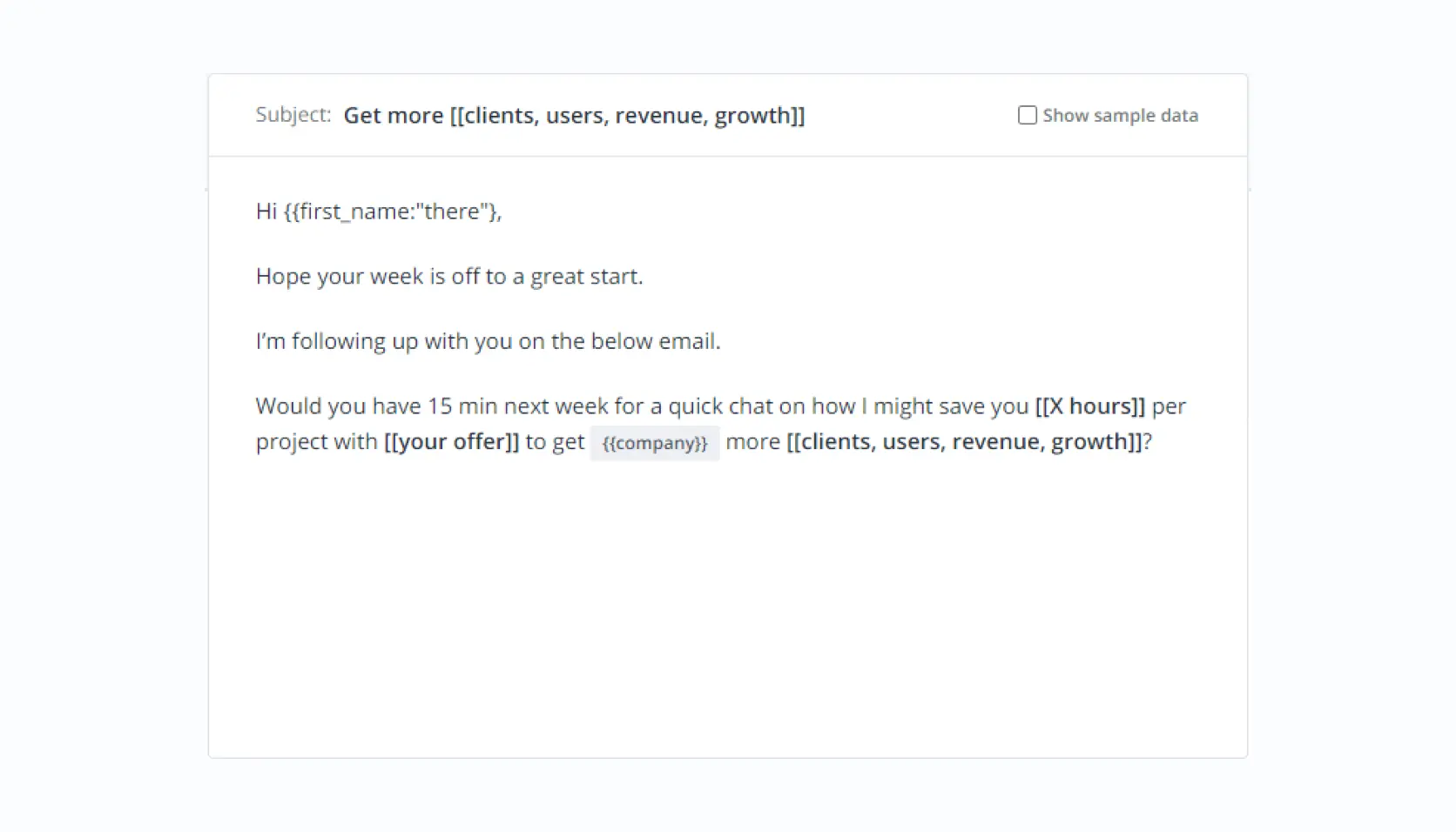
source: Hunter.io
You can repurpose a template like this one while retaining the basics. Start with a personalized subject line that is tailored to include their biggest pain points. Once you’ve got their attention, greet them quickly and state your CTA. At this point, it’s best not to confuse them with any new information. Subtly reinforce the benefits by translating in terms they understand.
To make it easier for them to respond, include a link to your calendar in your email signature itself.
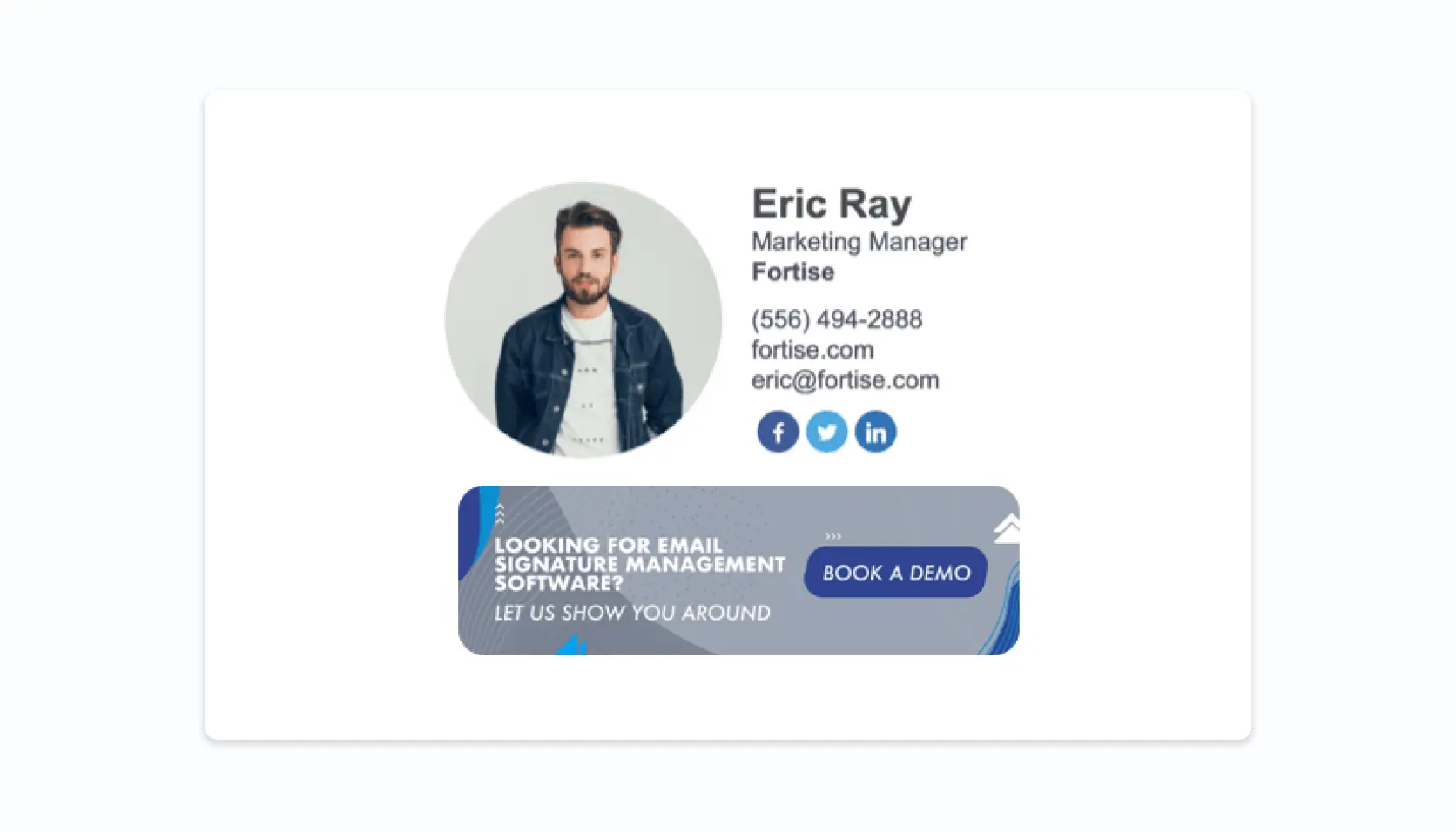
7. Highlighting only the features of your product
Most people that are in love with the product they’re selling tend to talk about it like it’s an artifact in a museum. Rare, beautiful and tragically, lacking a practical purpose. But if you want to make that sale, you need to act less like a museum curator, and more like a supermarket manager.
Along with the USP of your product or service, focus on its UVP (Unique Value Proposition). Talk about the barriers you can remove or the gaps you can close for your client's business.
While you’re at it, make it actionable. Like, this appliance saves you an hour’s worth of cooking time every day. Or, this toothpaste is going to save you thousands of dollars at the dentist’s in a few years’ time.
Start with what problems you can solve for them, then what sets you apart from competitors. Ask questions to know what their pain points are, and what it costs them in actual dollars. No identifiable problem means there’s no motivation for them to change the status quo.
Frame your product/service benefits as questions. Instead of directly asking which of your competitors they’re considering, say “These are the general questions you should be asking before committing”. Go on to list things your competitors don’t/can’t offer. Alternatively, find out their goals and lay down a roadmap of how you can help them achieve those.
You can cite case studies and client successes to help put the utility of your product into perspective. As long as you’re speaking their language, they’ll be willing to listen.
8. Not measuring your sales processes
Even if a demo goes great, and the low-level targets are on board, until the business has the budget for your product or service, the sale is not going to happen. The only way around this is to build a bigger pipeline so that you don’t need that one deal to close for your survival.
Measuring the results of your sales processes will let you account for fluctuations and ride out the tough times. You can manually track these numbers or use CRM systems to check if you’re providing enough incentive to a client to move forward.
Certain important metrics to track are:
- ROI. Because the sales process is long, it’s important to keep track of how much you’ve spent on nurturing a lead and what their lifetime value is.
- Lead-to-conversion ratio. Too high means your team is too selective while deciding who to approach. Too low means you need to refine your ICP and targets more.
- Sales cycle length. Find out the stages with the most bottlenecks. For example, if a lot of them are ghosting you after the demo, train your team in giving a more client-oriented presentation/walk-through. Lay down a timeline and what you expect to be able to do for them. Without a timeline, there’s no reason for the client to move to the next stage.
- Average deal size. If it’s falling, customer re-engagement measures are needed. Loyalty programs and bundled services are both worthwhile strategies.
9. Relying on one communication channel
Most businesses today realize that every channel they are not engaging with their customers on is an opportunity wasted. Mammoths like Netflix have built their brand presence to amass millions of followers extending beyond paying customers.
This is by no means a proposition to go and start building your brand presence on every communication channel out there. For one, not every business has the resources for it, and secondly, it’s not time and cost-effective.
When you do ICP research, besides knowing who they are, you should also find out where they hang out. If most of your customers find you through Google, you’re right in making blog-driven content marketing your number one priority. But if a lot of people are looking up your business’ keywords on YouTube, long-form video content should be a part of your strategy, too.
If you’re not tapping potential audiences just because they don’t use your preferred channel of communication, you’re just leaving money on the table. Even after a lead has converted, keep the conversation going. Cement your relationship by extending it to social media.
Your aim should be to provide an omnichannel experience. LinkedIn, emails, sales reps, face-to-face meetings — there are a lot of ways to build better customer experiences.
Conclusion
Old processes are often entrenched in an organization’s style of functioning. And it’s very common to find yourself caught up in sales cycles that give less than optimal results. Regardless of the industry you’re in, or the size of your business, you can avoid the B2B sales mistakes listed above by implementing these fail-safe strategies:
- Establish contact with a key decision-maker.
- Focus on people first, sales later.
- Give your prospects time to make an informed decision.
- Maintain ties with existing customers.
- Charge a price that reflects the value you provide.
- Follow up diligently.
- Emphasize solutions, not features.
- Reach out to customers via different channels.
This can seem overwhelming at first, but the fundamentals of selling are and always have been – identifying your audience’s pain points, analyzing if your solution bridges those gaps, and meeting them where they are in their buyer journey. Start from there, and the rest will automatically fall into place.

